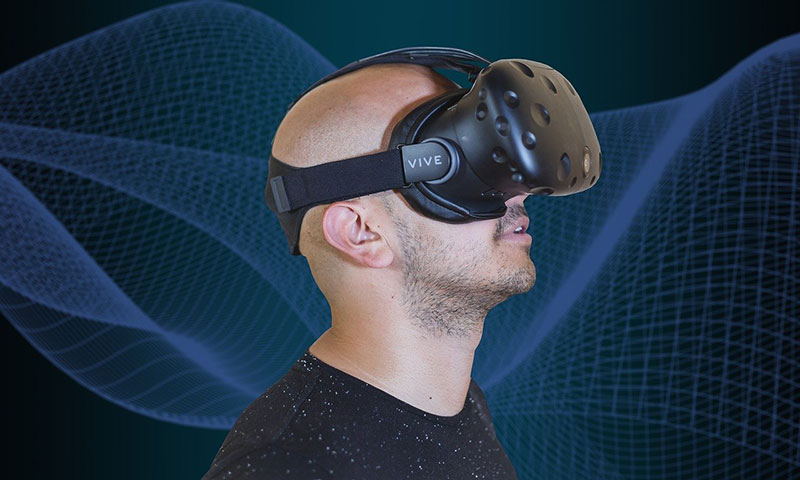Virtual reality (VR) could play a key role in COVID-19 rehabilitation, according to a paper published in BMJ Open Sport Exercise Medicine.
Read more AR, VR And Other Immersive Technologies Could Be The Future Of Digital Health
A new challenge in treating COVID-19 patients is Post-Intensive Care Syndrome after coronavirus infection, or PICS-COV. Many critically ill COVID-19 patients, according to the researchers, continue to have Post-Intensive Care Syndrome, even after the infection is gone, leaving a potential risk for physical, psychological and cognitive impairment.
A subset of COVID-19 patients who were admitted to the intensive care unit (ICU) frequently required several weeks of such intensive care; furthermore, traditional PICS preventive measures, such as reduction of environmental stressors, early mobility or writing an ICU diary, are virtually impossible due to infection control precautions, prone positioning and deprivation of social contact. Consequently, COVID-19 patients potentially have a substantial need for physical, psychological and cognitive rehabilitation after discharge from the ICU and the hospital.3 In the present viewpoint, we discuss how Virtual Reality (VR) can provide rehabilitation to post-COVID-19 patients.
VR consists of a head-mounted display (HMD) that can bring the user by computer-generated visuals into an immersive, realistic multi-sensory environment.

Several studies suggest that VR can be beneficial in post-COVID-19 rehabilitation. Researchers believe the immersive experience of VR may increase therapy adherence among patients and distract them from experienced fatigue and anxiety.
Read more XRHealth Launches First Virtual Reality Telehealth Clinic
“We believe that VR therapy offers an opportunity for recovering COVID-19 patients and care providers to partake in efficient home-based and individualized rehabilitation, monitored at a distance. Several barriers for implementation will need to be overcome, including designing an appropriate, safe, easy-to-use and cost-effective VR toolkit, organizing home-based VR therapy and support at a distance, and reimbursement. Embedding VR in virtual care platforms would assist in overcoming these barriers and stimulating the spread of VR therapy, both for post-COVID-19 patients in the present and possibly for other patients with similar rehabilitation needs in the future,” the researchers concluded.












